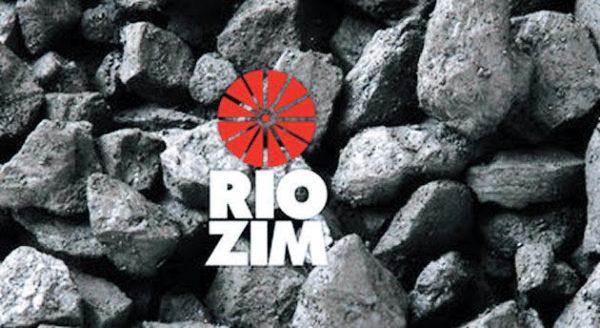RIOZIM will sign an engineering procurement and construction contract (EPC) with Power China for the first phase of its 2 400 Megawatts (MW) Sengwa Thermal Power Plant next month, a highly placed company director has revealed.
The coal fired plant, to be constructed in Sengwa, Gokwe North, will be built in phases starting with a 700MW power station and coal mine with an annual production capacity to supply around 300 million tonnes for power generation.
Business Weekly has it on good authority that RioZim intends to start canvassing for project finance among the banks by the beginning of the new year.
No comment could, however, be obtained from RioZim chief executive officer Bheki Nkomo.
RioZim’s Sengwa coal fired power plant project comes at a time Zimbabwe is facing acute power shortage, which has spawned rolling power cuts, disrupted economic activity and forced consumers to use expensive alternative options including power generators.
Several milestones have already been achieved since the Zimbabwe Stock Exchange (ZSE) listed multi-commodity miner signed an exclusivity agreement with Sino hydro’s electrical sister-company in September last
year.
The parties have concluded technical designs for the power station, 110 kilometre water pipeline from Kariba Dam, a coal mine and residential town for mine employees, with US$5 million having already been expended on the project.
Further, RioZim has also received the technical report on the project, which was prepared by Power China and will be evaluated by the company’s own technical people.
A power grid impact assessment has also been concluded, with recommendations made for a US$22 million substation to be built in Chakari area near Kadoma.
Next key steps entail RioZim energy unit, Rio Energy, concluding a power connection agreement with Zimbabwe Electricity Transmission Distribution Company (ZETDC), setting up a joint project implementation team with ZETDC and concluding financing arrangements with Power China.
Concurrent with the construction of the power station will be the installation of 400Kva transmission line from Sengwa Power Station to Chakari, which will have a new substation build to avoid overloading the one at Selous.
“But also important is the fact that Power China wants a power demand analysis at a national and regional level to see if there really is effective demand and they have allocated US$1 million for that,” the source revealed.
South African firms with expertise in this field are already being considered for the job.
“The power demand analysis should start by October and be concluded by December to allow RioZim to be in front of bankers for finance by January,” the source said.
They want to see who the buyers of the power will be and whether they can pay in foreign currency needed to recoup the investment into the project.
“They will put US$1,4 billion and want to know who want the power,” the source said.
RioZim is also pushing for Special Economic Zone (SEZ) status for the Sengwa project, which will allow investors to consider setting up operations in the cotton producing area and to pay for the power in hard currency.
The company is targeting investors interested in the cotton value chain such as textiles given the area’s cotton producing potential, abundance of land and water.
“Our attraction is the SEZ, we want companies to come and manufacture, create jobs and export into the region in order to pay for the power in foreign currency.”
Power situation in Zimbabwe
Zimbabwe is currently facing an acute shortage of power on the back of significantly low Kariba Dam water levels following the drought experienced in the dam’s catchment area.
At peak of demand, Zimbabwe requires 1 800MW, but can only manage just under 1 000MW due to constrained capacity at the major power plants; due to either climate or resource limitations.
The Zambezi River Authority, which administers the affairs of Kariba Dam, has restricted generation at 1 050MW rated Kariba, Zimbabwe’s largest power plant, to 358MW. The country’s other major power plant, Hwange Power Station, which has rated capacity of 920MW but manages about 550MW at best, faces reliability issues due to old age.
Zimbabwe and Zambia, which both face acute power shortages due to reduced output at the shared Kariba Dam, are working together to develop the 2 400MW Batoka George hydro scheme whose power will be shared equally.
Three other small thermal power plants; Bulawayo, Munyati and Harare, which average 100MW, have been de-commissioned pending re-powering programmes to reboot their productivity_Business Weekly
.png)




